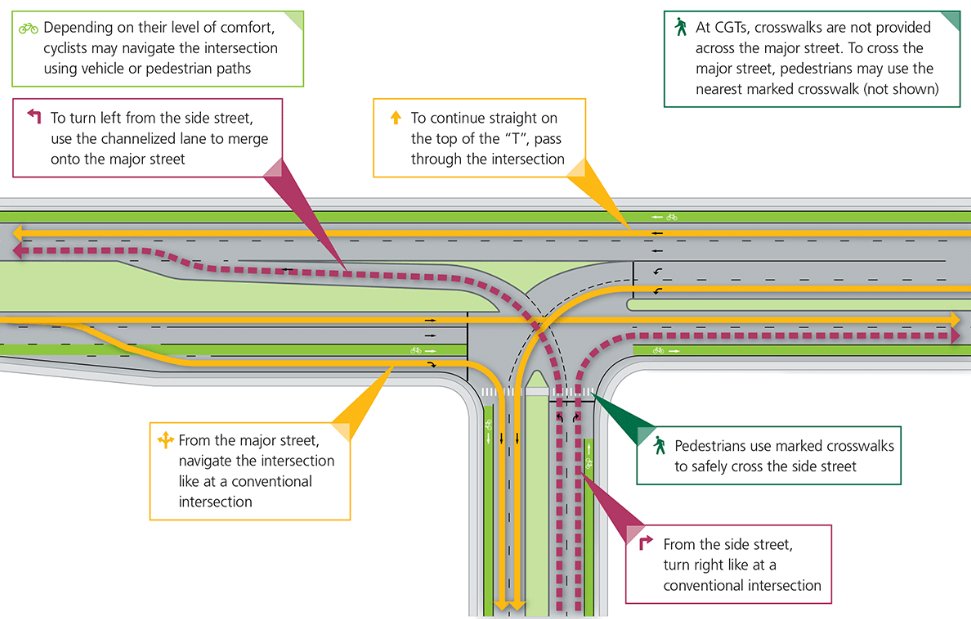Ongoing efforts to improve one of Southside’s strategic roadways could become a Virginia Department of Transportation priority.
Henry County is in the process of submitting several project applications to VDOT, one of which is a way to smooth traffic flow along a portion of U.S. 220 south of Martinsville.
The proposed project site is the intersection of U.S. 220 and Virginia 87. The design, known as a continuous green T, would allow southbound traffic to continuously flow freely while northbound lanes would be controlled by traffic signals. Officials felt the intersection was an ideal location for the proposed project.

As the major portal between Southside and North Carolina, 220 is considered a key asset in the region’s economic development. In recent years, nongovernmental entities have taken as much of an interest as local officials in the road. This has given rise to the Blue Ridge Innovation Corridor, a group of business and education leaders from Martinsville, Danville, Roanoke, and Blacksburg that seeks to spur economic growth via improvements to 220.
Residents and officials alike have maintained that the highway could be improved to better serve the purpose of an economic route. Information provided by the county points to safety concerns as the primary motivator behind the continuous Green T project.
While there has been talk about securing funding for a new road for years, many feel that simply improving the existing 220 would be more cost-effective.
If accepted by VDOT, the project could come at no local cost, according to VDOT spokesperson Jason Bond.
But Henry County’s project submission is only one of dozens from throughout the state, he said. The applications will be considered under VDOT’s Smart Scale funding process, which weighs projects for inclusion in the agency’s six-year plan based on factors including whether they improve safety, eliminate congestion, or encourage economic growth.
In areas like Southside, projects with an emphasis on safety are more likely to be weighted higher, Bond said, based on what the Commonwealth Transportation Board, the board that chooses the projects, believes will best serve the area.
Bond said it’s still too early to say if the 220 proposal is the kind of project that would work in the region’s favor. Projects are not selected based solely on Smart Scale points, he said; ultimately, the decision lies with the 17-member Commonwealth Transportation Board.
Bond said that this year the board will have around 40 applicants to consider.
The application deadline is Thursday, Bond said. Project points will be announced in January, and successful applicants will be announced in June. Chosen projects can start up to six years after selection.
“We don’t know if a project will be selected or not,” Bond said. “We have to wait as it goes through the process.”
